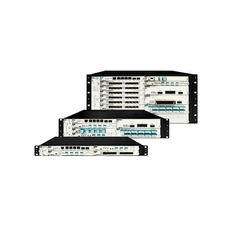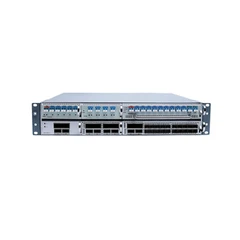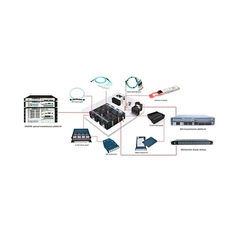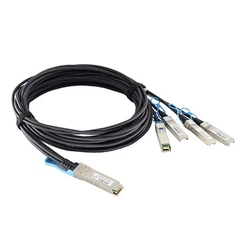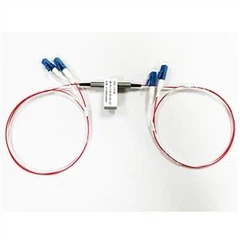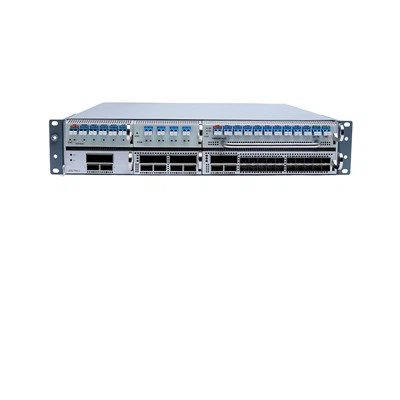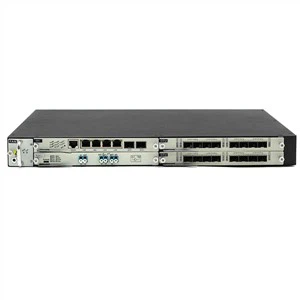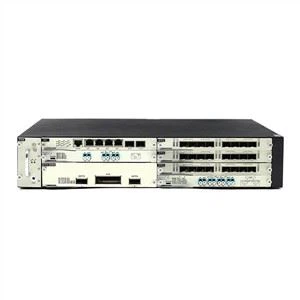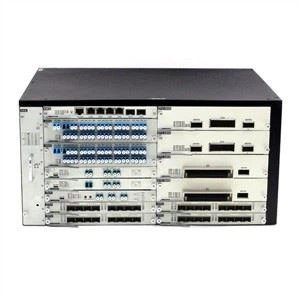In the case of a given wavelength, a fiber that supports only one propagation mode in each polarization direction is called a single-mode fiber. According to ITU-T recommendations, single-mode fiber can be divided into G.652 (dispersion non-shifted single-mode fiber ), G.653 (dispersion shifted fiber), G.654 (cutoff wavelength shifted fiber), G.655 (non-zero dispersion shifted fiber), G.656 (low slope non-zero dispersion shifted fiber), and G.657 ( Bend-resistant fiber) six types of single-mode fiber. Among them, G.652 and G.655 single-mode fibers are the most common types. This article will explain the classification and differences of these two single-mode fibers in detail.
G.652 single-mode fiber is divided into four types: G.652A, G.652B, G.652C, and G.652D, with a core diameter ranging from 8-10μm.
G.655 single-mode fiber is divided into five types, namely G.655.A, G.655.B, and G. .655.C, G.655.D and G.655.E single-mode fiber. Among them, G.655.C, G.655.D and G.655.E single-mode fibers are the three most commonly used single-mode fibers. Since the dispersion of G.655 single-mode fiber at 1550nm is close to zero but not equal to zero, it is also called non-zero dispersion shifted fiber or NZDSF (NonZero Dispersion Shifted Fiber).

NZDSF can be divided into (-D) NZDSF and (+ D) NZDSF, which represent the negative and positive slopes of the wavelength, as shown in the figure below:
Compared with G.652 single-mode fiber, G.655 single-mode fiber has lower dispersion in the C-band (1530nm~1565nm), in which the function of the optical amplifier can be exerted to the extreme, and the core area of the fiber is larger. As an improved dispersion-shifted single-mode fiber, G.655 single-mode fiber can balance four-wave mixing and other nonlinear effects. The G.655 single-mode fiber that supports longer distances and greater capacity can meet the requirements of dense wavelength division multiplexing (DWDM) transmission.
G.652 and G.655 single-mode fiber: how to choose?
G.652 single-mode fiber is usually used in local area networks, metropolitan area networks, access networks, and coarse wavelength division multiplexing transmission. Among them, wavelength division multiplexing transmission is an economical and efficient choice. Generally, G.652 single-mode fiber that does not require optical signal amplification is used for short-distance transmission. G.655 single-mode fiber is the second most common type of fiber in terrestrial networks. Its main feature is low chromatic dispersion (including chromatic dispersion and polarization mode dispersion). It is generally deployed in long-distance transmission networks and dense wavelength division multiplexing transmission networks.
G.652 single-mode fiber and its upgraded version G.657 single-mode fiber are standard single-mode fibers with lower cost, which are very suitable for short-distance transmission with a transmission rate of less than 10Gbps. If you need a transmission rate higher than 10Gbps or a higher performance over a longer transmission distance, G.655 single-mode fiber is a good choice without considering the cost. The following table lists the applications of G.652 and G.655 single-mode fibers in coarse wavelength division multiplexing or dense wavelength division multiplexing transmission:
| 10G CWDM | 40G CWDM | 10G DWDM | 40G DWDM | 100G DWDM | |
| G.652 Single-mode fiber | √ | × | × | × | × |
| G.655 Single-mode fiber | √ | √ | √ | √ | √ |

